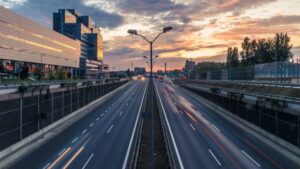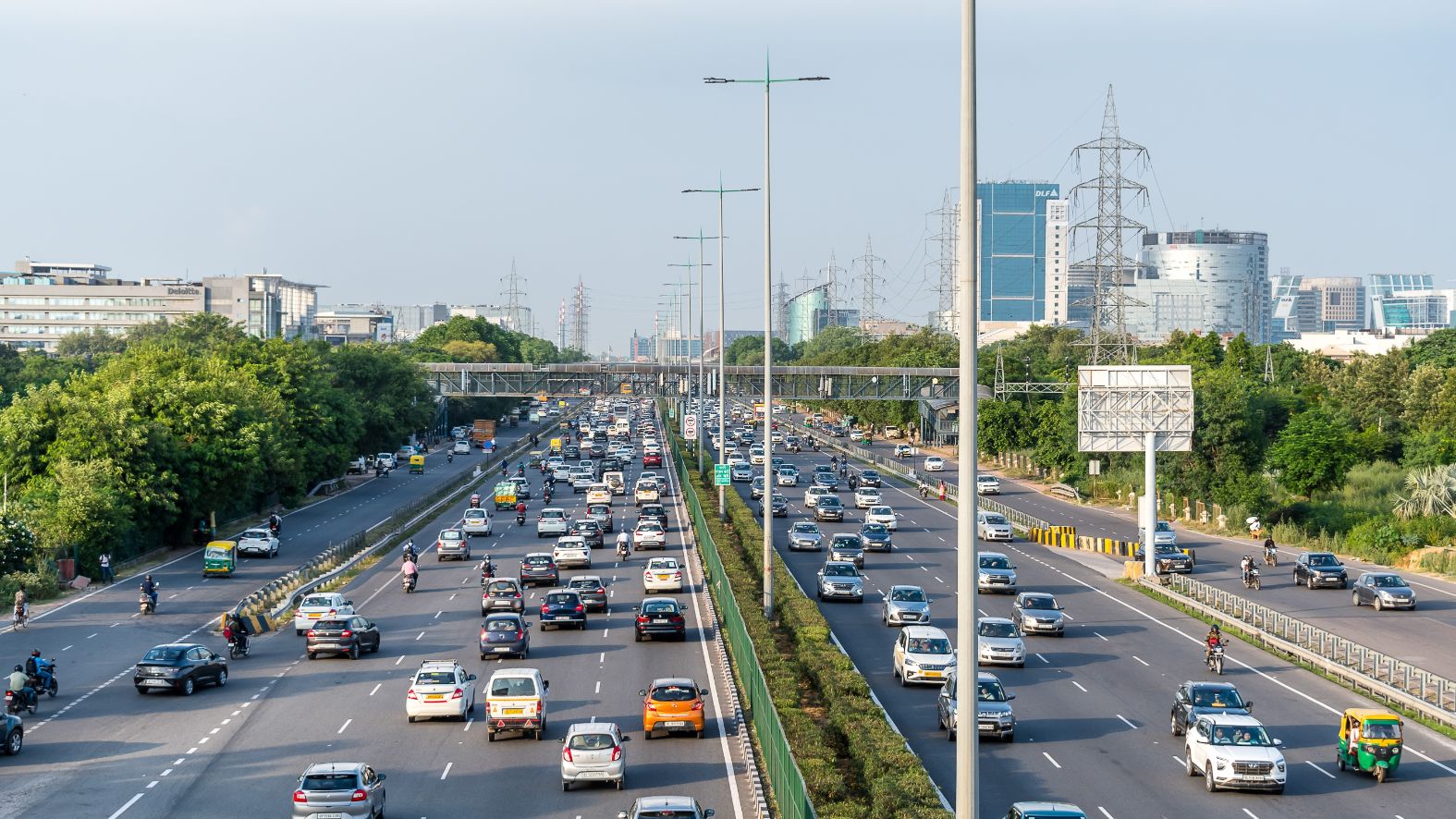The transformation of the Delhi-Gurgaon Expressway into a serene ‘no-honking’ zone is a comprehensive and detailed initiative aimed at combatting noise pollution, enhancing road safety, and fostering a more peaceful commuting experience for travelers and residents in the region.
20 km stretch of the Delhi-Gurgaon
1. Road Safety Committee Decision: The decision to designate the entire 20 km stretch of the Delhi-Gurgaon Expressway, from the Sirhaul border to the Kherki Daula toll plaza, as a ‘no-honking’ zone was made after careful deliberation by the district’s road safety committee. The committee, led by Deputy Commissioner Nishant Yadav, comprises representatives from various organizations involved in road safety and traffic management, including the subdivisional magistrate, traffic police, Regional Transport Office (RTO), National Highways Authority of India (NHAI), Gurugram Metropolitan Development Authority (GMDA), and Municipal Corporation of Gurugram (MCG).
2. Objective: The primary objective of this initiative is to combat noise pollution caused by excessive honking and promote disciplined lane-driving practices on the busy expressway. The Delhi-Gurgaon Expressway, also known as NH-8, is a critical link between Delhi and Gurgaon, and thousands of office workers and commuters rely on it for their daily intercity travel. By reducing unnecessary honking, the authorities aim to create a safer and more pleasant commuting experience for everyone.
3. Signboards Installation: To inform and educate drivers about the newly implemented ‘no-honking’ rule, the National Highways Authority of India (NHAI) will install approximately 200 signboards along the entire stretch of the expressway. These signboards will be strategically placed to ensure maximum visibility and serve as constant reminders to motorists to refrain from honking and drive responsibly within the designated zone.
4. Hospitals Designated as ‘No-Honking’ Zones: In addition to the expressway, the initiative extends to create peaceful environments around medical institutions. Ten hospitals in the city, both public and private, have been designated as ‘no-honking’ zones. Among them are renowned facilities such as Civil Hospital in Sector 10 and private establishments like Medanta, Fortis, Max, Artemis, and Paras. This step aligns with global practices that recognize the importance of reducing noise levels around healthcare facilities, providing a peaceful and healing environment for patients and medical staff.
5. Signboards around Hospitals: To ensure compliance with the ‘no-honking’ regulation around medical institutions, the Gurugram Metropolitan Development Authority (GMDA) will be responsible for installing ten signboards around each hospital. These signboards will prominently display information about the regulation, further raising awareness among commuters and visitors about maintaining a noise-free environment near sensitive locations.
6. Implementation Phases: The enforcement of the ‘no-honking’ rule will be introduced gradually to allow the public to adapt to the changes. Initially, the restrictions will be advisory, giving drivers time to become accustomed to the new regulation. However, after an adequate adjustment period, traffic police will start enforcing fines and penalties for non-compliance, ensuring that the ‘no-honking’ policy is adhered to effectively.
7. Noise Level Guidelines: To establish a standard for acceptable noise levels, the Environment (Protection) Rules, 1986, have been referenced. The rules specify noise level limits for various areas: in commercial areas during the day, noise levels should not exceed 65 decibels (dB), and during the night, the permissible limit is 55 dB. Sensitive locations such as hospitals have even more stringent requirements, with noise levels not exceeding 45 dB to maintain a peaceful and healing atmosphere.

Transformation of the Delhi-Gurgaon Expressway
The comprehensive approach to transform the Delhi-Gurgaon Expressway and areas around hospitals into a serene ‘no-honking’ zone reflects the commitment of the authorities to improve road safety, reduce noise pollution, and create a more livable and harmonious environment for the city’s residents and visitors. This initiative showcases the collective efforts of various organizations working together to address road safety concerns and improve the overall well-being of the community.



